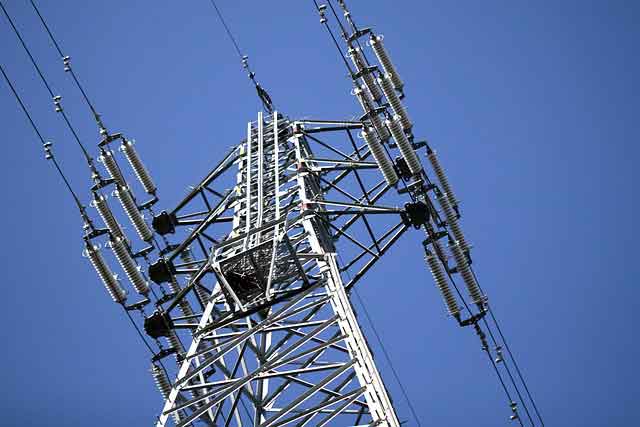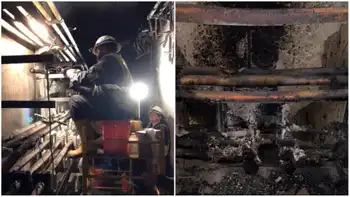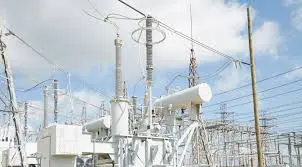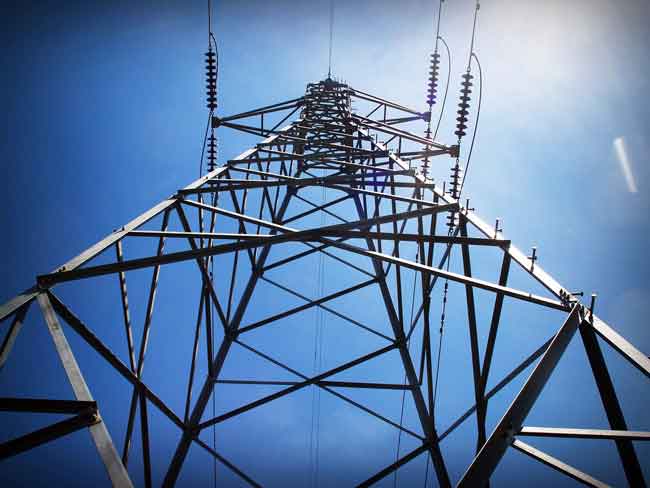Nuclear power necessary part of energy mix
By The News Tribune
Protective Relay Training - Basic
Our customized live online or in‑person group training can be delivered to your staff at your location.

- Live Online
- 12 hours Instructor-led
- Group Training Available
Nuclear power already supplies safe, reliable and affordable power to meet the energy needs of the Pacific Northwest. We tend to forget that, at 1,150 megawatts, the Columbia nuclear plant has a greater capacity for producing electricity than the Bonneville Dam.
But the Columbia plant is not subject to the vagaries of changing weather conditions and produces large amounts of electricity at night and when the wind doesnÂ’t blow. For the past three years, the reactor has provided electricity 90 percent of the time. Nuclear plants that perform dependably are typically safe plants, and the Columbia plant has gotten consistently high marks from the Nuclear Regulatory Commission.
But Washington gets only 8.4 percent of its electricity from nuclear power, compared to 17 percent from fossil fuels. If we are serious about backing off from the use of polluting fuels whose emissions lead to the formation of acid rain and ground-level ozone and smog, then the Northwest Power and Conservation Council must include nuclear power in its plan. Reducing the waste in energy use and increasing the use of non-hydro renewable sources wonÂ’t be enough. ThatÂ’s because rapid growth in electricity use for computers, office equipment, huge computer server farms and a variety of electrical appliances is only partially offset by improved efficiency. Though solar and wind energy are helpful, both are too intermittent and unreliable to satisfy our energy needs. So for the foreseeable future, nuclear power will be essential.
For additional energy production, start with the Columbia nuclear plant.
According to an analysis done for the U.S. Department of Energy, Columbia plant uprates – which are refinements to increase generating capacity – could supply 16 percent more electricity. The importance of uprates was recognized by the House of Representatives earlier this year when it approved a provision in climate-change legislation allowing new nuclear production capacity to be deducted from the baseline of a utility’s aggregate generation used to calculate its requirements under a renewable energy standard. This would give utilities an incentive to use more nuclear power.
Another nuclear power plant is needed to shoulder part of the burden of increased energy consumption in the Northwest. It should be a conventional light-water reactor like the one at the Columbia plant. A new reactor would need to operate in the same way, but better.
Industry-wide data compiled by the Institute of Nuclear Power Operations shows a dramatic improvement in nuclear plant performance over the past 30 years. Among the changes is a reduction “to nearly zero” of the average number of significant reactor events, especially unplanned reactor shutdowns.
The reliability of nuclear plants has risen along with reactor safety. In 2008, the median capacity factor of the 104 U.S. nuclear plants was 91.1 percent. That was the ninth consecutive year that the capacity factor was in the 90-percent range. By comparison, the capacity for wind turbines is 30 percent, and for solar electric plants, 20 percent. LetÂ’s hope nuclear power will be part of the NorthwestÂ’s energy mix well into the future.











